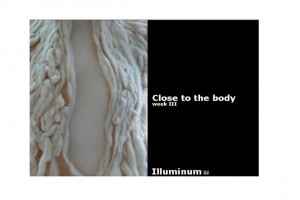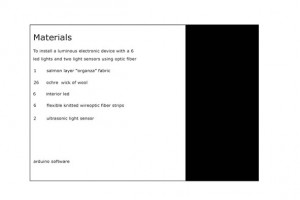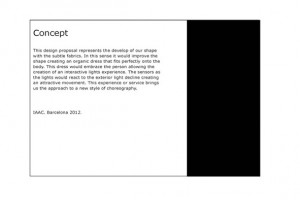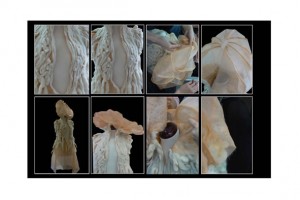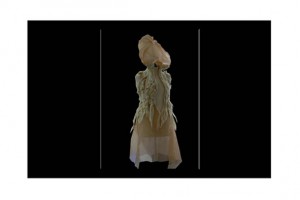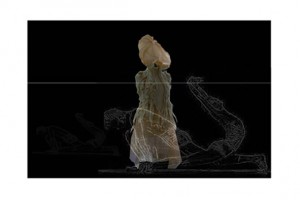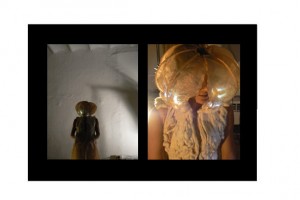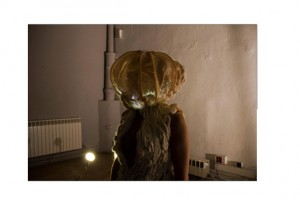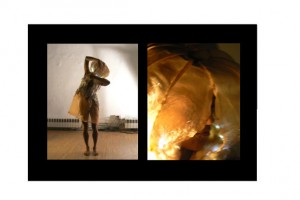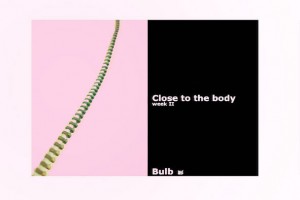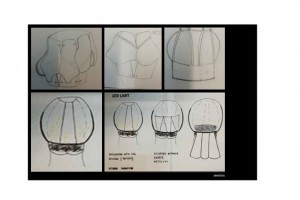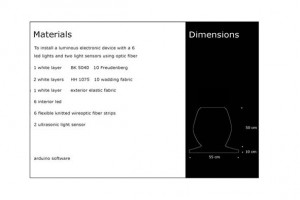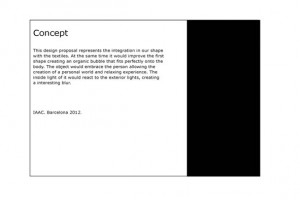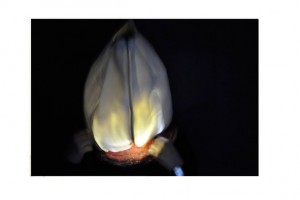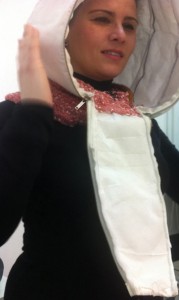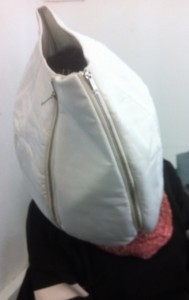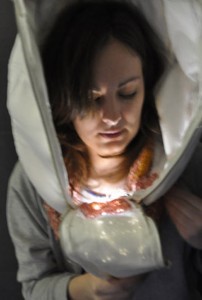Product
Interactive dress
The design proposal represents the develop of our shape with the subtle fabrics. In this sense it would improve the shape creating and organic dress that fits perfectly onto the body. This dress
would embrace the person allowing the creation of an interactive lights experience. The sensors as the lights would react to the exterior light decline creating and attractive movement. This experience or service bring us the approach to a new style of choreography.
Service
Assistant choreography&interactive design
Based on the contact stablished between eyes and light, Illuminum proposes a new experience for both, dancers and audience.
It’s a new dance phillosophy based on a garment that reacts to the lack of light. The dancer who wears this piece according to the feelings that emmerge from this interaction.
The Illuminum garment is a unique piece that can be rent, always accompanied by an assistan, the Illuminator. This person is in charge of the piece. He is the one who can addapt the garment and the programming, and he is also someone who can help the coreographer.
Dancing wearing the Illuminum garment you are going to experiment a new way of thrilling the audience by improvising, reacting to light without thinking, just with your feelings.
Working with illuminum in your production (play, opera…) means surprising the audience with an elegant an unespected proposal.
Final Conclusion
We would improve or regulate the relation between the light sensors reaction and the exterior light decline. In this sense should be important to check the exterior lights accurately. In the same way improve the arduino sketch with the advices of a programming enginner.

